Depending on the construction application, heavy equipment will be used in different ways and will help you to achieve your milestones as scheduled. Heavy equipment could be divided into four major components:
-
-
- Earth-moving equipment
- Construction vehicles
- Material handling
- Construction Equipment
-
There are many others and several variations of a construction equipment, but the ones listed below are the most common ones used by contractors.This article will explain some of the benefits from common earth-moving equipment and how you can get the most out of them.
1. Excavators
Excavators are large construction equipment that can be available over wheels or tracks; the latest one considered the standard in the industry. A traditional excavator usually has a long bucket arm attached to a pivoting cab that can rotate a full 360 degrees. The operator sits in the cab and from there he/she can be able to have visibility of the site. Excavators are used most of the time to dig dirt or to lift heavy pieces including prefab pieces, pipes and other smaller equipment. The most common uses of an excavator are that they can dig trenches, holes and foundations. They’re used for heavy lifting and pipe installation, mining, river dredging, demolition, brush cutting, material handling and rough grading.
2. Tractor Backhoe Loaders (TLB’s)
Backhoe loaders need no introduction. They are very similar to tractors with a slight difference: they contain an adjustable shovel in front of the equipment, and a small bucket in the back of the loader used for digging. Backhoe loaders are considered medium sized construction equipment for smaller jobs, and with limited space to perform the operations. They can move dirt, backfill, dig trenches and place smaller pipes into place. One of the best attributes of backhoe loaders is that they are tire mounted and they can be used in urbanized areas. The backhoe bucket in the back can be exchanged with different attachments for a long list of purposes. The front loader bucket can also be exchanged with numerous attachments.
3. Wheel/Front-End Loaders
A loader is a heavy equipment machine used to move aside or load materials such as asphalt, demolition debris, dirt, snow, feed, gravel, logs, raw minerals, recycled material, rock, sand, wood chips, etc. into or onto another type of machinery (such as a dump truck, conveyor belt, feed-hopper, or railroad car). There are many types of loaders, which, depending on design and application, are called by various names, including bucket loader, front loader, front-end loader, payloader, scoop, shovel, wheel loader.
4. Bulldozers
Bulldozers are considered one of the strongest and most reliable heavy equipment used in the construction industry. It is powerful and is used to move dirt along large open tracts of land. Bulldozers have a wide flat blade in front that can be operated using two hydraulic pistons allowing the blade to be moved in limited angles or depths. They are normally used to push piles of earth and for rough/fine grading depending on the size of the bulldozer. Its weight can be used to crush larger boulders among other actions.
5. Skid-Steer Loaders
Skid-Steer loaders are one of the most versatile machines available in the construction industry. This equipment, really simple to operate, can turn within its own footprint, just like a tank, so it is ideal in confined spaces or in areas where construction activity has been finalized. Skid-Steer loaders have wheels and they can offer increase traction, ideal in snow or mud, reduce soil compaction and their tread system prevents damage to finished areas.
6. Motor Graders
Motor graders are heavy equipment used to fine grade and move small amounts of dirt. They have a long blade that can be adjusted to meet certain angles to create a flat surface. This equipment can normally have a second blade in front of the front axle and in some instances can be used for underground mining. They are normally used to fine grade dirt or gravel roads, or to prepare the base course before placing asphalt. Graders can be used to produce sloped surfaces or drainage ditches with shallow V-shaped cross sections.
7. Crawler Loaders
This is another great piece of construction equipment. Combining the capabilities of an excavator with a backhoe, this one will be able to increase your production when you are hauling material off or on-site. Because they are track mounted, they can move easily without the need of additional transportation. They can be used to load spoils into trucks and to dump soil in different locations.
8. Trenchers
A trencher is a construction machine used to dig trenches on which pipes can be laid down. There are several trencher models: walk-behind modules, small size operated trenchers or heavy trenching equipment that can be used to trench pavement asphalt and other hard surfaces. The trencher has a conveyor system that carries the excavated material and locates it next to the trench being made. Trenchers can use different digging implements depending on how deep they must trench and how hard the material to be cut is. Trenchers must be handled with extreme care because they are very dangerous equipment.
9. Scrapers
A scraper can move dirt, and aggregates within the site easily and without the need of additional equipment. However, they are not meant to be used for all construction sites. This type of heavy equipment is used in large open areas where they can run at higher speeds and facilitate the cut and fill activities.
10. Dump Trucks
Dump trucks are needed on almost every site. There are multiple sizes and variations to move your load easily and effectively. Off-road or regular dump trucks, they are used in almost all construction projects.
11. Other Construction Equipment
There are many other types of construction equipment like cranes, rollers, telehandlers, forklifts and many others that can be used at your site. Every construction site will need to be analyzed to make sure the right heavy equipment is being used and their operation is being maximized.

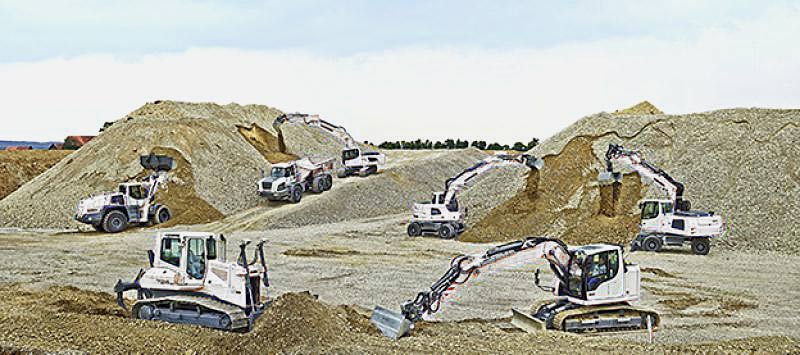

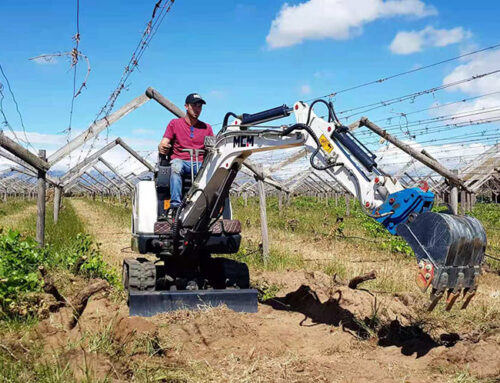
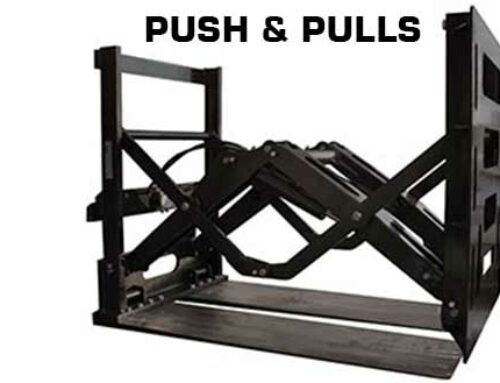
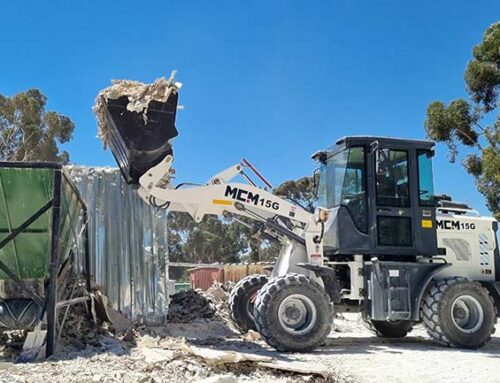
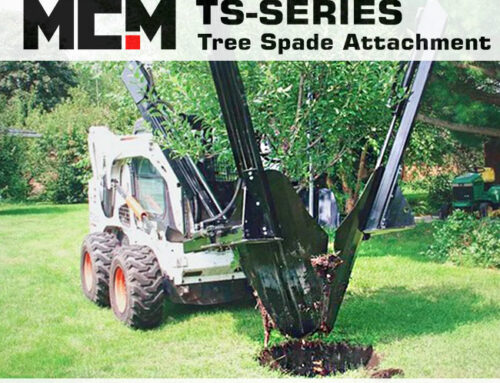
Leave A Comment